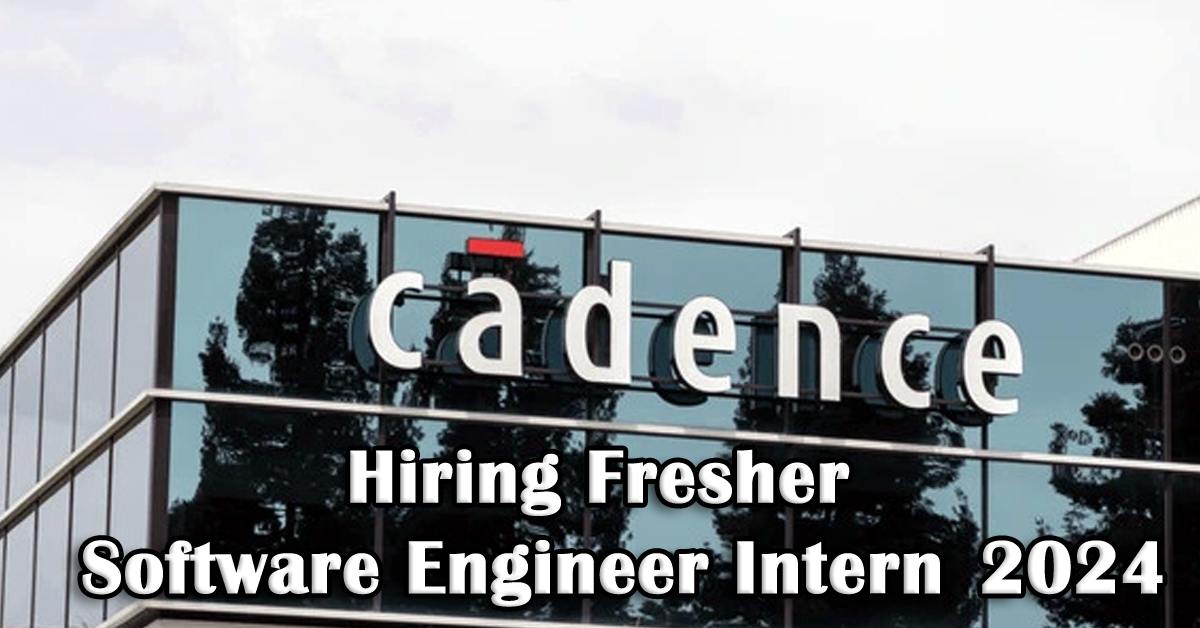Lenovo Jobs for Freshers 2024 for Web Developer
Lenovo jobs for freshers 2024 ,Lenovo jobs for bca freshers,Lenovo Jobs for Freshers 2023, Lenovo jobs,it jobs vacancy,freshersworld,jobsforu,freshershunt. Lenovo Mass Hiring * Role: Web Developer * Salary: 3.5-5.5LPA(Expected) * Location: Bangalore * Experience: Freshers(0-1Year) * Education BE CS/IT/All Branch * Batch Recent-Batch Lenovo Jobs For Freshers 2024 For Web Developer. Lenovo jobs for freshers 2024 … Read more










